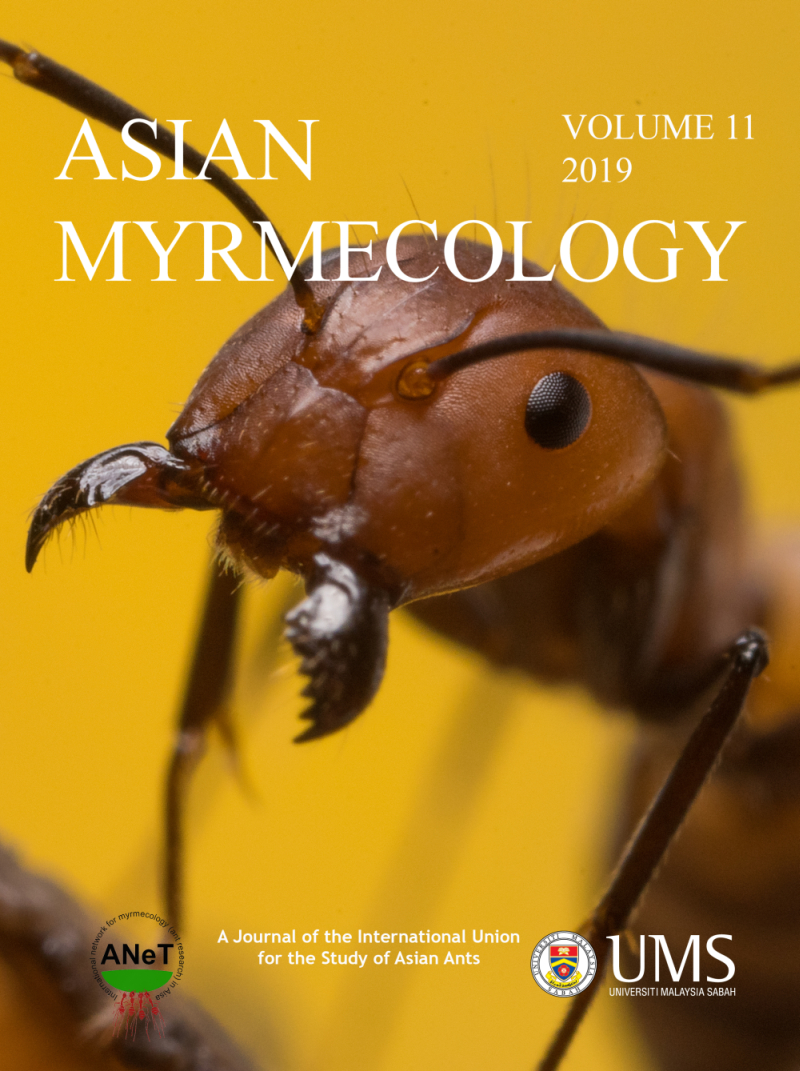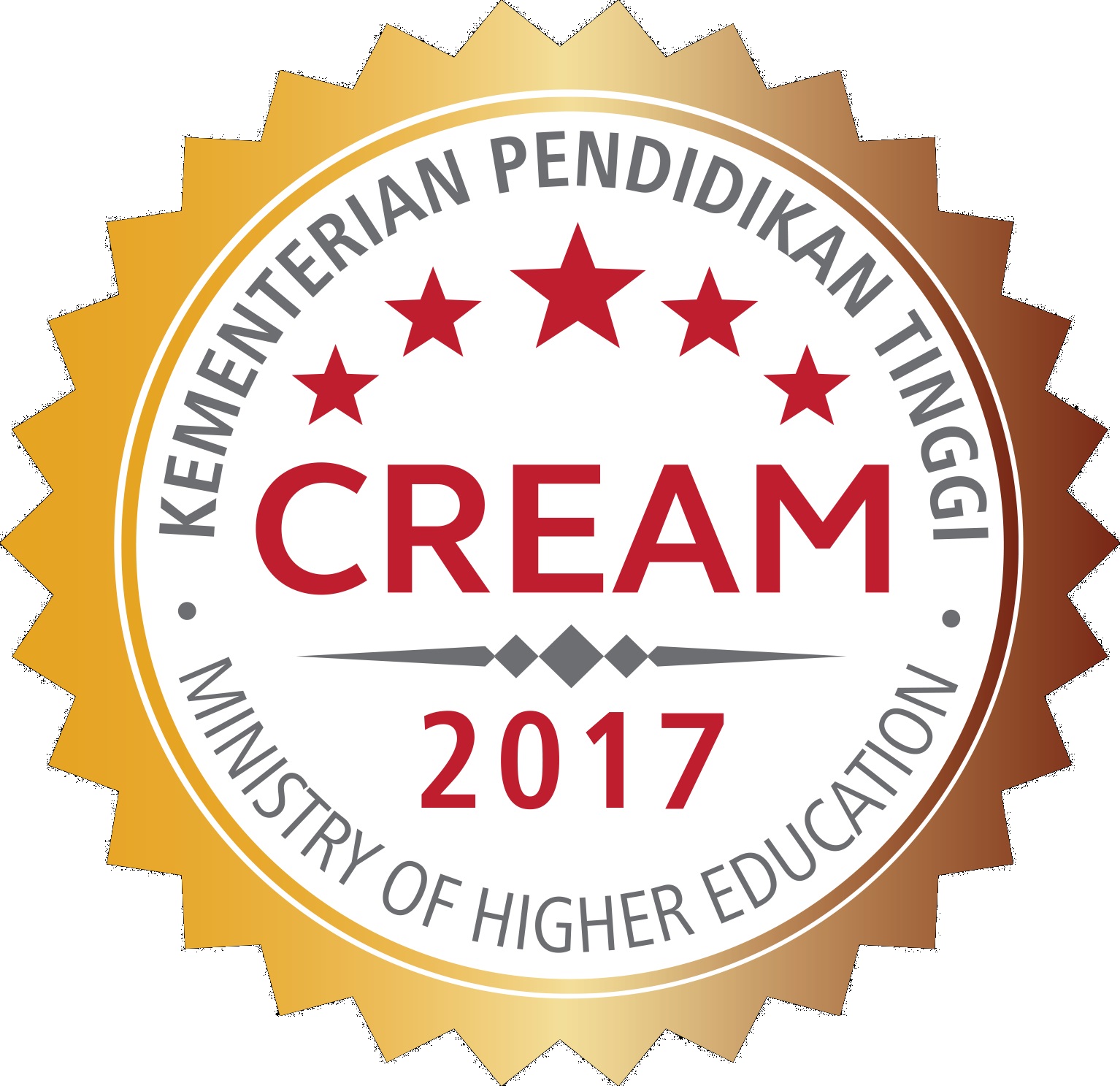ASIAN
MYRMECOLOGY
Image: François Brassard
Life History
DOI: 10.20362/am.009001
Asian Myrmecology 9: e009001 (1-16)
article first published online 05/April/2017
Ant gardens of Camponotus (Myrmotarsus) irritabilis (Hymenoptera: Formicidae: Formicinae) and Hoya elliptica (Apocynaceae) in Southeast Asia
ANDREAS WEISSFLOG*, EVA KAUFMANN & ULRICH MASCHWITZ
Abstract:
Camponotus irritabilis (Formicidae: Formicinae) and Hoya elliptica (Apocynaceae) are very closely associated in ant gardens in Malaya and Sumatra. Ants and epiphyte partners have some characteristics that make them especially suitable for this association: The ants selectively retrieve the seeds of their epiphyte partners, and they fertilize their carton nests on which the plants are growing. In comparison to non-myrmecophytic Hoya coriacea, Hoya elliptica performs an extensive root growth as long as growing on moist substrate. The roots stabilize the ants’ nests and anchor them to the host tree. Camponotus irritabilis initiate ant gardens by constructing carton buildings on branches, which serve as substrate for incorporated seeds and climbing parts of already established Hoya elliptica. Camponotus irritabilis influence actively the available chamber size within their nests, by biting off roots, fertilizing only certain parts of the nests and retrieving seeds into the ‘growing zone’ of the nest building. Ants thereby prevent uninhibited, space-consuming root growth but influence stability and architecture of the ant garden by guiding the spread out of the roots. As additional partners of the ant garden system, trophobionts, undetermined fungi on the inner nest substrate, several parabiotic Crematogaster spp. and a probably lestobiotic Solenopsis sp. were found. Similarity in genus composition of the three co-occurring ants, as well as behaviors of Camponotus irritabilis, degree of the mutual benefits with the epiphytes and phenology of this ant garden association might represent a remarkable case of convergence with neotropical ant gardens.
Keywords:
ant-plant interactions, epiphyte, myrmecochory, nest building behavior, paleotropic
Get PDF (2920K):
Department of Biosciences, Goethe-University Frankfurt, 60054 Frankfurt, Germany
*Corresponding author: a.weissflog@web.de



